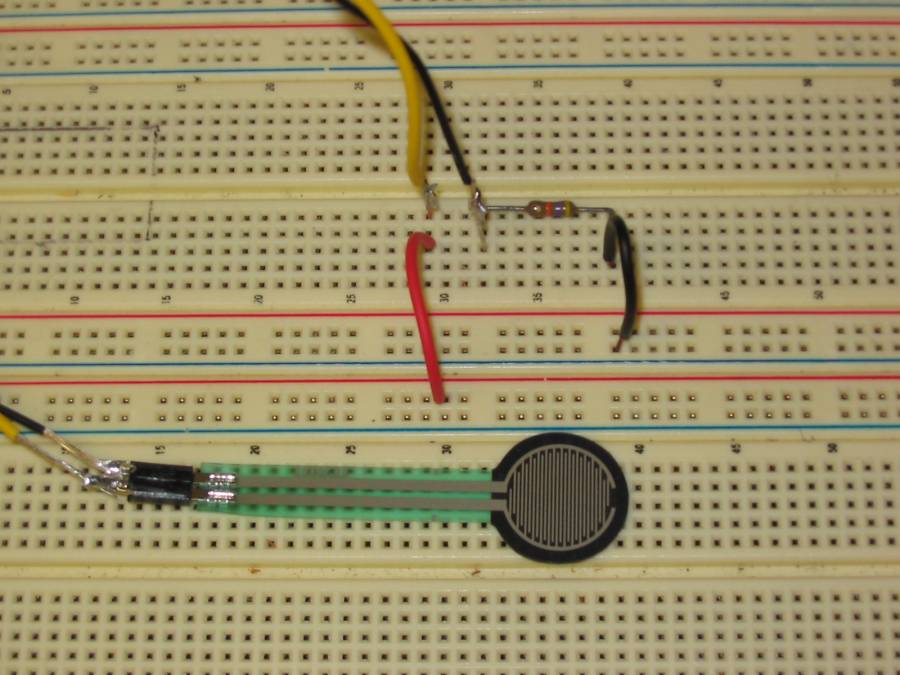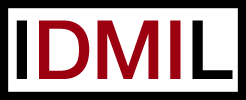
Description:
The aim of this project was to gain an overview of the digital musical instruments which have been designed and built in recent times. This task consisted of two survey tasks. The first was to examine a large number of digital musical instruments and classify the instruments themselves into specific categories. The second task was to examine which sensors were being used in each instrument and determine the most commonly used sensors for further research into the use of sensors in digital musical instruments.
Scope of the survey
The first step in the survey involved determining where to find the information related to the instruments in order to be able to classify the instrument and determine which sensors were used in it. It was decided to use the instruments which had been presented at a major conference on the design on digital musical interfaces as the basis of the survey. Therefor we used the instruments presented at the New Interfaces for Musical Expression (NIME) conferences from 2000 to 2004 as the basis of this work. This resulted in a total of over 130 instruments and interfaces being surveyed.
Instrument classification
The instruments found in the papers and posters from the NIME conferences were classified using a simple classification scheme. The scheme divided the instruments into the following categories:
-
Collaborative instruments: instruments played by more than one person simultaneously
-
Augmented instruments: traditional instruments augmented with sensor technology
-
Instrument-like instruments: new instruments strongly based on traditional instruments
-
Instrument-inspired instruments: new instruments inspired by, but not based on, traditional instruments
-
Alternative instruments: new instruments which are not based on any traditional instrument
The results of this survey are shown in the following table and graph:
| NIME’01 | NIME’02 | NIME’03 | NIME’04 | Total | |
|---|---|---|---|---|---|
| Alternate Instruments | 21 | 22 | 25 | 16 | 84 |
| Instrument-inspired | 0 | 3 | 4 | 3 | 10 |
| Instrument-like | 2 | 2 | 1 | 3 | 8 |
| Augmented instruments | 3 | 3 | 7 | 3 | 16 |
| Collaborative Instruments | 0 | 7 | 2 | 7 | 16 |
| Total | 26 | 37 | 39 | 32 | 134 |
Sensor usage
The sensors used in each of these instruments was also determined and ranked by the popularity of the sensor. It should be noted that as only sensors were being surveyed, devices such as joysticks and video cameras are not included. The following table shows the sensors found, in order of popularity:
| Accelerometer | 18 |
|---|---|
| FSR | 14 |
| Infrared sensor | 9 |
| Light sensor | 8 |
| Touch pad | 8 |
| Bend sensor | 6 |
| Capacitive sensor | 6 |
| Graphics tablet | 6 |
| Rotary potentiometer | 6 |
| Gyroscope | 5 |
| Linear potentiometer | 5 |
| Pressure sensor | 5 |
| Air pressure | 4 |
| Magnetic | 3 |
| Slide sensor | 3 |
| Strain gauge | 3 |
| Proximity sensor | 2 |
| Tilt sensor | 2 |
| Temperature sensor | 1 |
| Ultrasound sensor | 1 |
